Remembering Switzerland’s role in the American hostage crisis in Iran
A Swiss documentary shown at the recent Solothurn Film Festival looks at how Swiss diplomats found themselves at the centre of a geopolitical flashpoint 40 years ago – and how they helped broker a deal.
There will be no celebrations marking the 40th anniversary of the hostage crisis in Iran. From November 4, 1979, to January 20, 1981, 52 American diplomats and citizens were held hostage in the US embassy in Tehran.
The 444 days of captivity were the longest for this type of hostage in history and represented the beginning of hostile relations between the United States and Iran. The break-in of the embassy by 400 Iranian students and revolutionaries was a turning point in Middle East politics as well as the probable cause of Jimmy Carter’s defeat in the 1980 presidential election.
Is there anything to celebrate about the crisis? While the word celebrate is too strong, there is certainly reason to at least acknowledge the outstanding diplomatic efforts by the Swiss foreign ministry and its ambassador in Tehran, Erik Lang, and his colleagues Flavio Meroni, Pascal Décosterd and Franz Muheim for the resolution of the crisis.
Acting as the intermediary between the two sides, Lang and his colleagues were able to negotiate a deal, with the help of Algeria, to have the diplomats and citizens freed with no loss of life except eight Americans killed during an unsuccessful rescue attempt.
“Erik Lang has never received his proper due for all his efforts to free the hostages,” said a retired ambassador over ten years ago at a memorial service for the late Swiss State Secretary and United Nations mediator Edouard Brunner.
Now, some form of recognition for Lang and his colleagues has appeared on screen. Director Daniel Wyss presented a documentary, AmbassadeExternal link (embassy), about the resolution of the crisis and the role of Switzerland at the Solothurn Film FestivalExternal link on January 25 and 30. The film mixes interviews primarily with Swiss and American participants and news clips from the 444 days to show the tensions between the angry mob that took over the embassy and the negotiating challenges for the Swiss diplomats who served as the “protecting power.”
“I was enchanted by the film,” said Erik Lang in a phone interview. It shows exactly what we lived through during the Revolution,” he added.
Protecting power
What is a “protecting power”? The role of the protecting power is an official one defined in the 1961 Vienna Convention on Diplomatic RelationsExternal link. Article 45 (c) says: “The sending State may entrust the protection of its interests and those of its nationals to a third State acceptable to the receiving State.”
Why was Switzerland chosen? Switzerland’s role as a protecting power is historical and based on its formal neutrality. Switzerland was a protecting power during the Franco-Prussian War of 1870-1871 and continued during the two world wars. Switzerland represented 35 countries during the Second World War and had over 200 specific mandates. The most eminent of the mediators was Walter Stucki who represented over 20 states with the Vichy government in France between 1940 and 1944. Between 1946 and 1964, Switzerland had 46 mandates. Significantly, it represented the interests of the United States in Cuba as well as the interests of Cuba in the United States until 2015.
“The choice of Switzerland was in line with the Swiss policy of neutrality, but also because we have acquired know-how in this delicate matter,” Lang noted.
Without surprise, therefore, Washington turned to Bern for help in November 1979, for its consular and diplomatic relations with Iran, and the Federal Council agreed. From that moment, as the film documents, the Swiss diplomats were responsible for the well-being of the hostages. In interviews and touching scenes, the documentary shows the joy of the released hostages and the relief of the diplomats. A reunion of the Swiss involved in Montreux October 2018 presents the affinity of those involved in the intense diplomatic negotiations – “a very emotional moment” for Erik Lang.
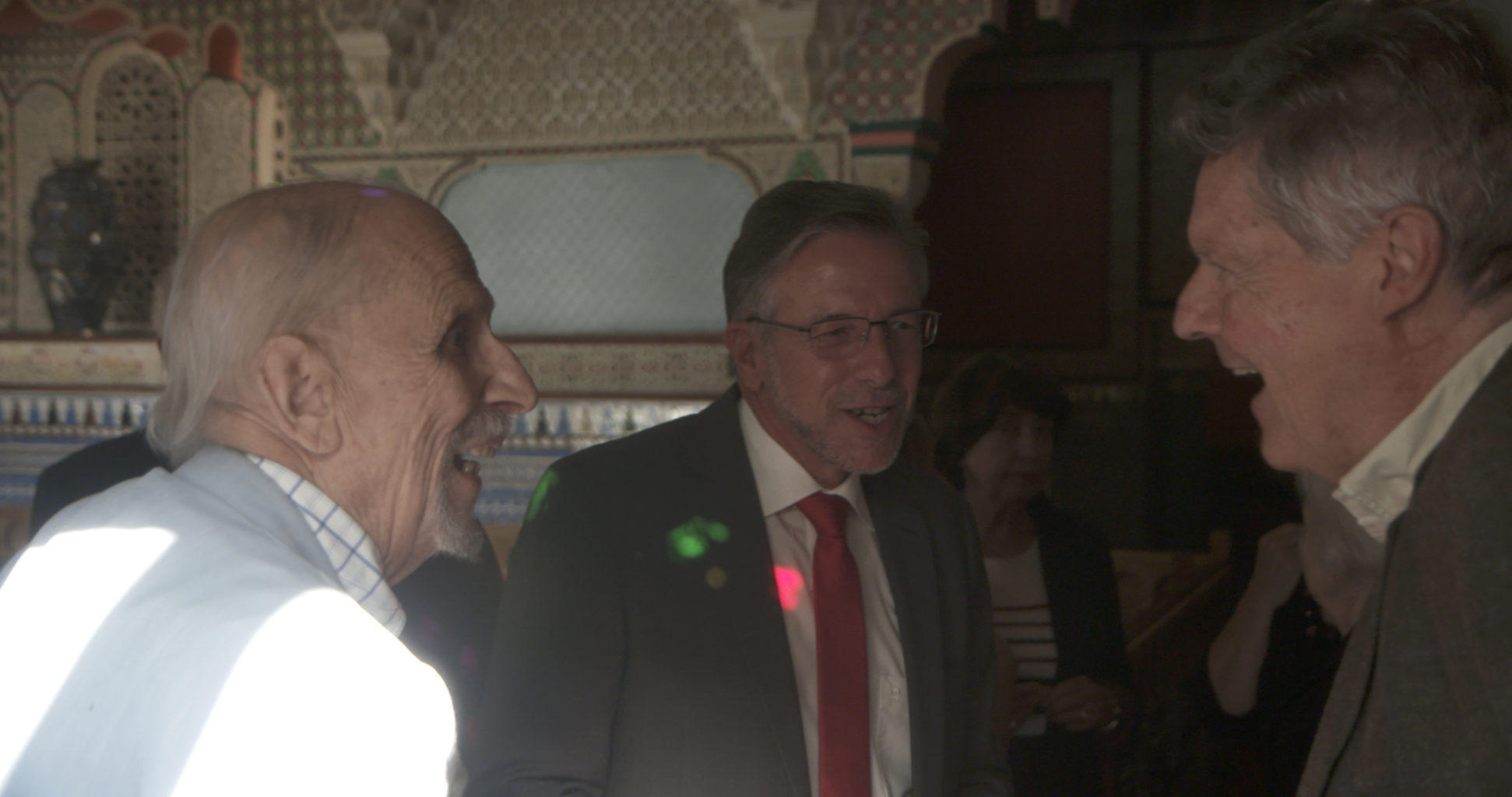
Repeated role?
Why has it taken so long for this film to appear? A reason for a lack of interest in Switzerland’s role may be typical of Switzerland’s discreet low profile. The taking of hostages was a grave breach of international law, a moment of emotional outburst that defied all accepted rules of diplomacy. After all, an embassy is the property of its country, not the host country.
The United States admitted the exiled Shah of Iran for medical treatment on October 29, 1979, at the urging of former Secretary of State Henry Kissinger and Chase Manhattan Bank Chairman David Rockefeller. Anti-American sentiment intensified in Iran, with demonstrations and flag burning in the streets. The overwhelming of the embassy was unplanned, a diplomatic catastrophe. Although the Swiss were able to end the stalemate, there has been no reason to glorify those efforts in the face of continuing tensions between the Islamic Republic of Iran and the United States.
Interestingly, Daniel Wyss explained in an interview after a showing in Solothurn that in the back of his mind, the moment was ripe for such a film since tensions between the United States and Iran are re-approaching a crisis. The historical role of Switzerland may be repeated.
Ramifications
For those seeking more drama than this documentary, a more Hollywood effort to present a parallel situation was Ben Affleck’s 2012 thriller ArgoExternal link, which won three Academy Awards. Glorifying the role of the CIA in helping six American diplomats to escape Iran during the crisis, the movie has been criticized for its historical inaccuracies, but proved a box-office success.
As Wyss said: “We must remember that [the rescue] involved six Americans and the whole hostage crisis that lasted 444 days involved 52. Ambassade is probably less spectacular but the story it tells has ramifications that last to this day.”
Wyss also noted that Argo was the real name of the fake film the agents used as a cover story to take the six hostages out. The name of the Swissair plane the CIA agent and hostages flew out on was Aargau, the name of a Swiss canton.
Ambassade will be shown on February 10 on RTS2 at 9.05pm.
Correction: We have updated the story to reflect the resumption of US-Cuba diplomatic ties in 2015.
The views expressed in this article are solely those of the author, and do not necessarily reflect the views of swissinfo.ch.

In compliance with the JTI standards
More: SWI swissinfo.ch certified by the Journalism Trust Initiative
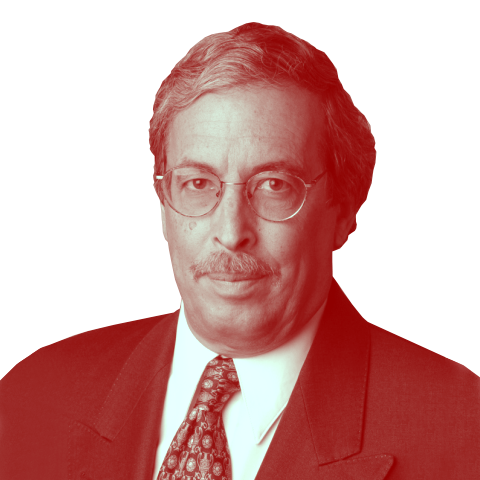
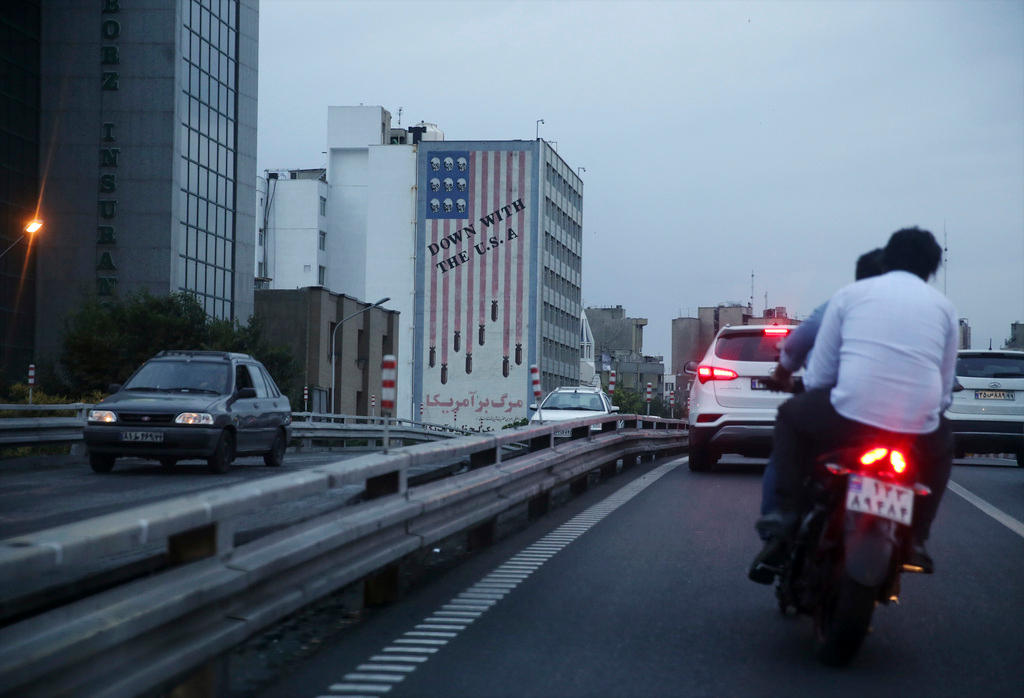
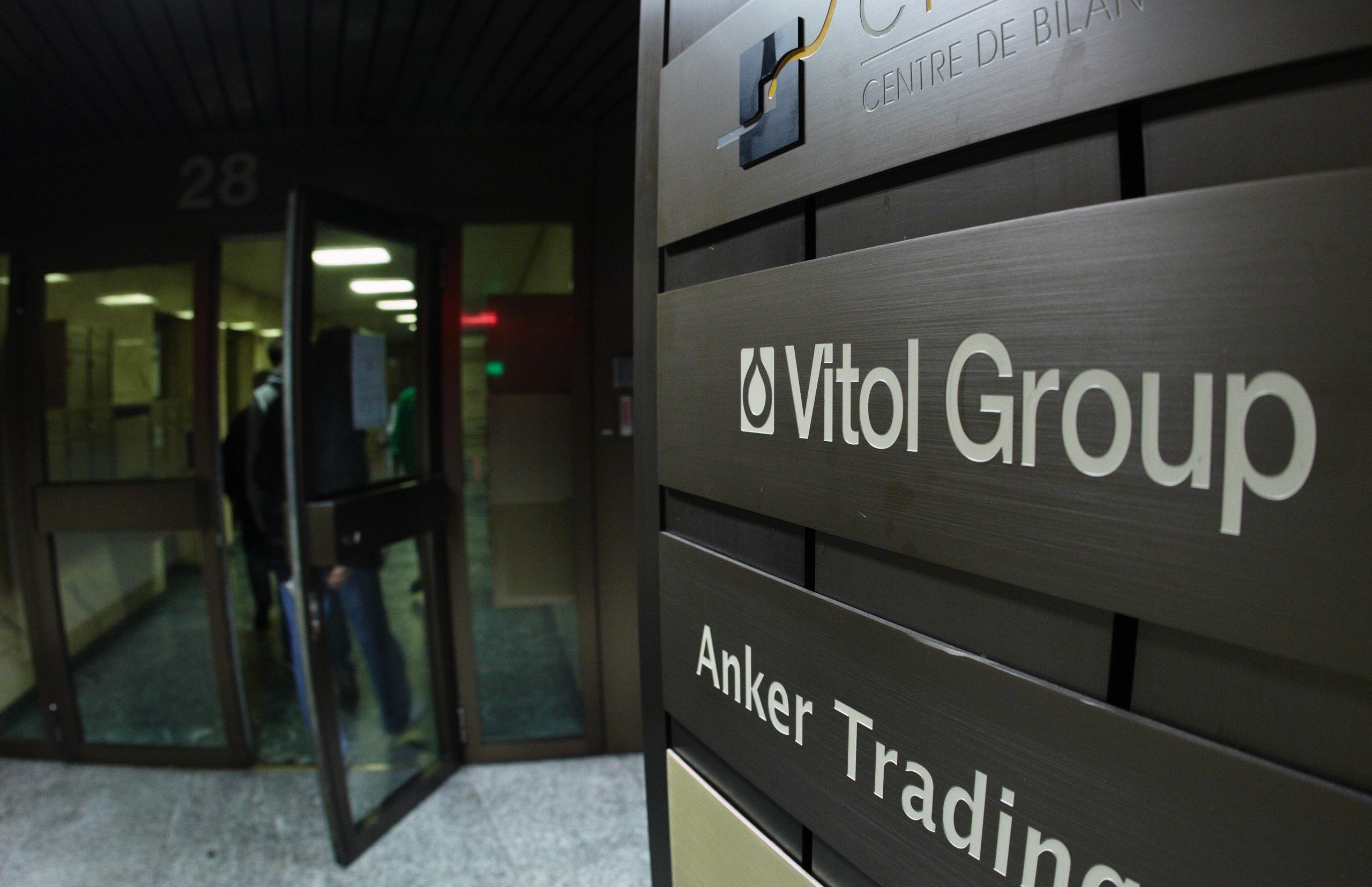
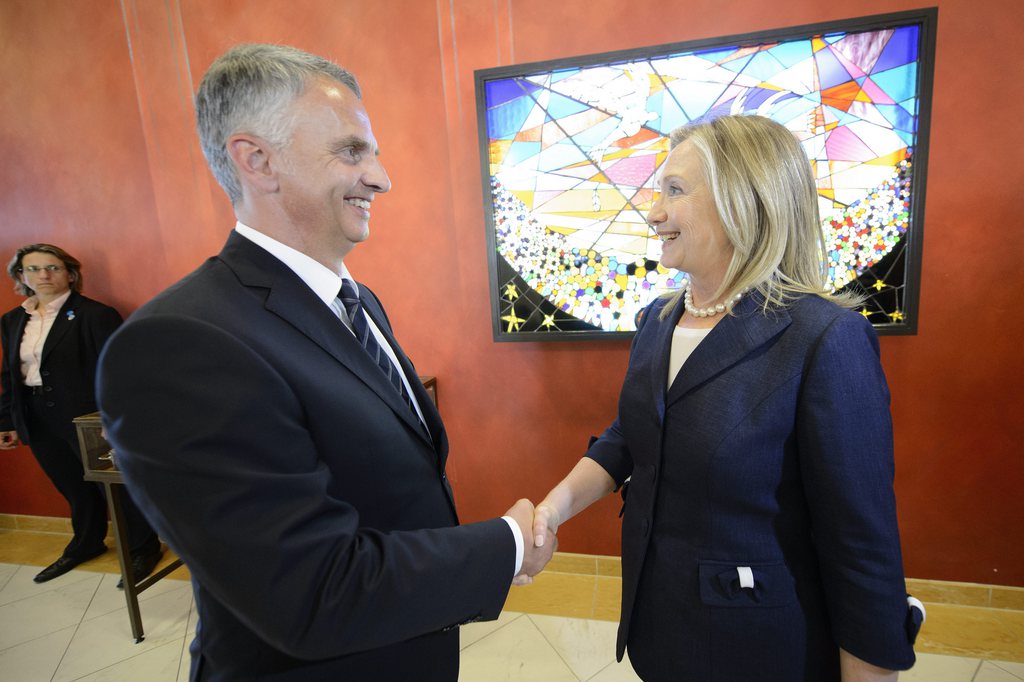
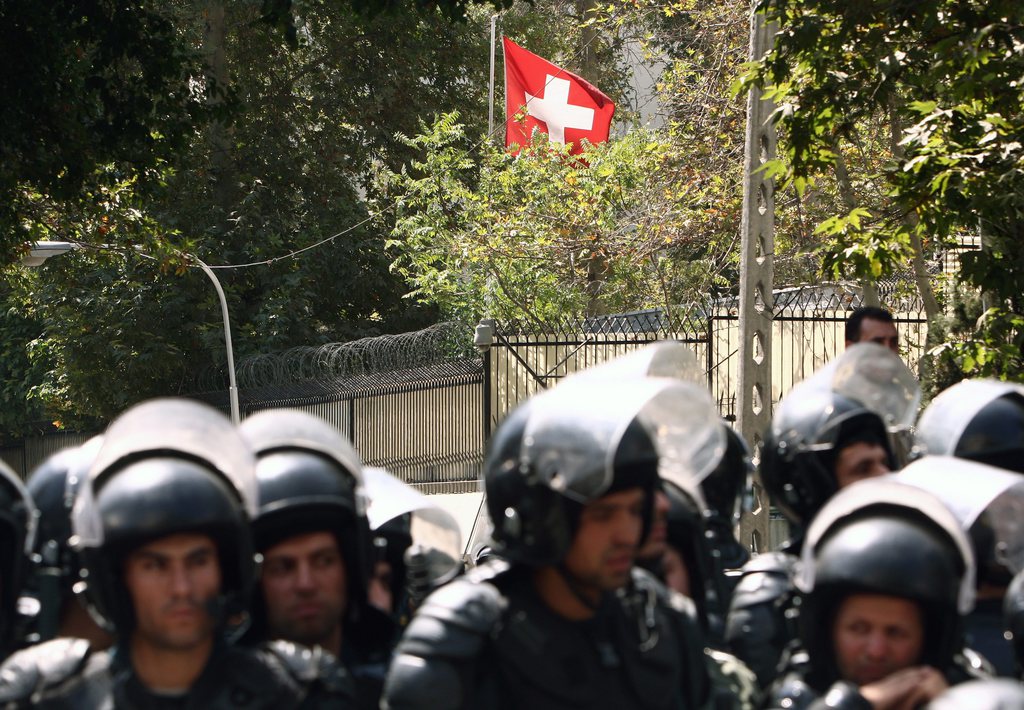
You can find an overview of ongoing debates with our journalists here. Please join us!
If you want to start a conversation about a topic raised in this article or want to report factual errors, email us at english@swissinfo.ch.